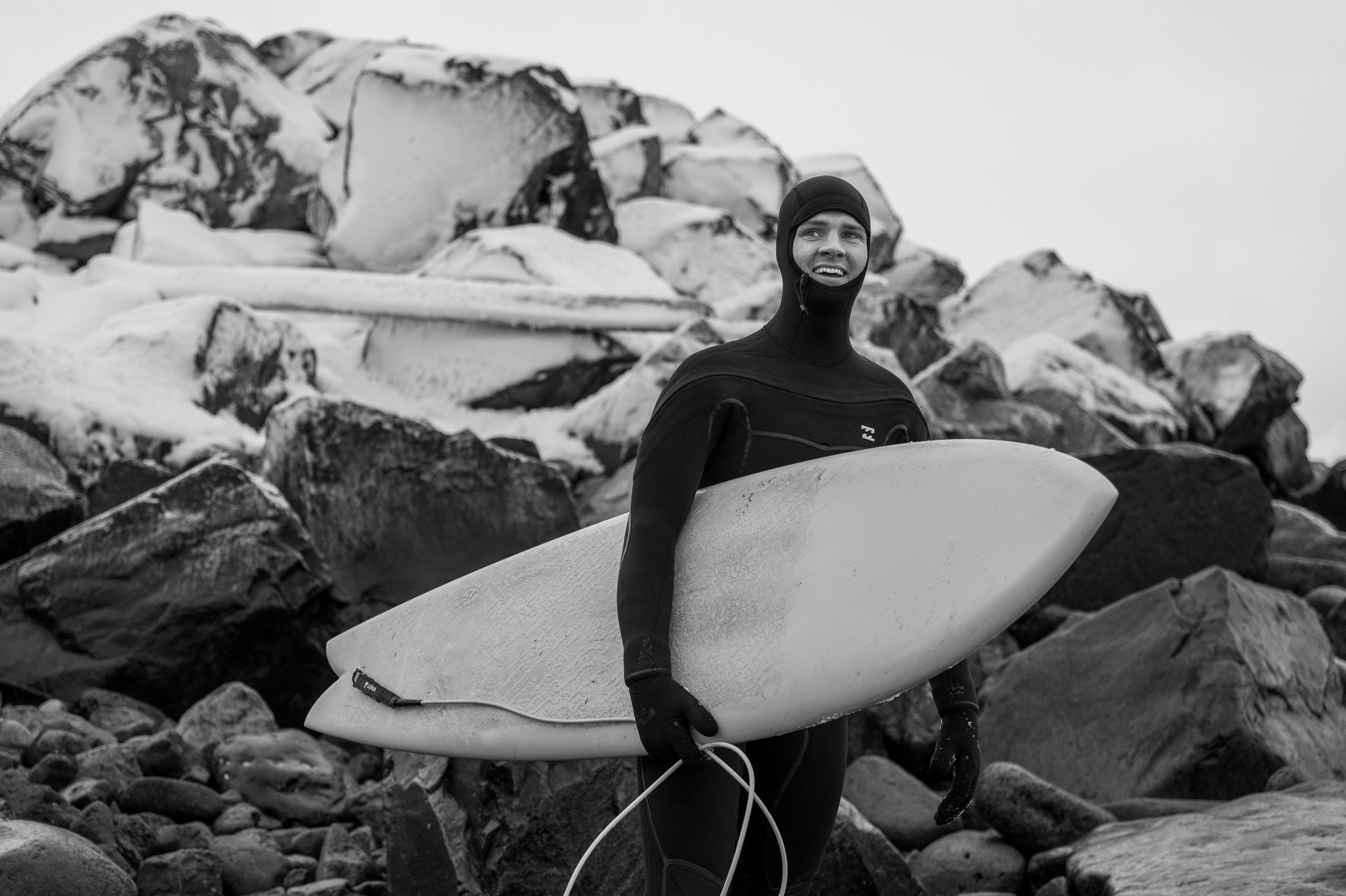Leica SL3 – a first review
Last November, when the rumor mill hadn't yet produced any definitive reports, my friend Christian Habermeier and I were traveling in Iceland. With us were two pre-production Leica SL3s. We wanted to put the camera through its paces and push it to its limits. Iceland's cold-water surfers seemed like a brilliant project for this. And so, one early morning at minus 7 degrees Celsius in northern Iceland, we stood with clammy fingers, watching as the surfers, enthusiastic and seemingly immune to the cold, forced themselves into their wetsuits.
Tough guys. Leica SL3, 1/320 sec., f/1.4, 320 ISO, Summilux-SL 50 mm f/1.4. Image editing and black and white conversion in Lightroom.
Elli Thor, who is not only a very good surfer but also an outstanding photographer, introduced us to the cold water surfing scene. His website is definitely worth a look , and if you're planning a film or photo project in Iceland and need a local photographer/filmmaker, Elli is definitely a top choice.
Elli. Leica SL3, 1/200 sec., f/2.2, 250 ISO, Apo-Summicron SL 90 mm f/2.0. Image editing and black and white conversion in Lightroom.
What are the main differences between SL2 and SL3
How does the SL3 compare to the SL2? In my opinion, these points speak in favor of the latest model in the SL series:
Foldable screen. Leica has long resisted making the screen foldable. Now it's here with the stability that Leica values.
A high-resolution 60 megapixel sensor with the ability to capture images in both RAW and JPG formats at three resolution levels. Dynamic range and noise performance have been further improved compared to the SL2.
Faster image sequences (up to 15 frames/second)
Improved autofocus compared to the SL2
Case slightly smaller, but not as small as the cases from other providers, which in my opinion no longer fit well in the hand because they are too small, at least for me
Video in 8K
The already ingenious operating concept and menu navigation have been further improved
Elli and his wife Rachel. This photo wouldn't have been possible without the foldable screen, because I held the camera just above the water's surface. Leica SL3, 1/250 sec, f/4.5, 2500 ISO, Leica Vario Elmarit SL 24-90mm f/2.8-4.0 at 56mm. Image editing and black and white conversion in Lightroom.
How does it work with the SL3
Unrivalled ingenuity: the operating concept of the Leica SL3 (Press photo Leica)
The camera is entirely at the service of the photographer
What I appreciate so much about the Leica SL series is the fact that the camera is entirely at the photographer's service. Not a lot of fancy buttons and levers, but a focus on the essentials. In my opinion, the on-screen interface is faster and more intuitive to use than a lot of different levers and buttons. My friend Christian, who had only worked with the S3 before our trip and was unfamiliar with the SL cameras, said approvingly: "After half an hour, you'll have the camera under control. Everything is logically structured." I was very pleased that the Leica developers gave the SL3 a third dial. This allows you to adjust shutter speed, aperture, and ISO with separate dials without having to press any buttons first. The new on/off switch took a little getting used to at first, but the ability to put the camera into standby mode saves time when turning the camera on. It's ready to use from standby mode in a flash.
The SL3 is tough
We were out in minus 7 degrees Celsius, and the SL3 got a few splashes of water. But it always worked perfectly and without complaint. I've had occasional crashes with other brands' cameras in extreme weather conditions, but the SL series cameras have always worked flawlessly. For me, the reliability of a camera is a key factor in my purchasing decision.
The lenses are a dream
For me, the SL lenses—specifically those produced in Wetzlar—are fantastic. The three SL zooms, 16–35mm, 24–90mm, and 90–280mm, are, in my opinion, the best zooms for full-frame cameras on the market. I find they offer a level of quality that other systems only achieve with fixed focal lengths. The fixed focal length series for the SL with a maximum aperture of 2.0 (21/24/28/35/50 and 90mm) are so incredibly good that, in combination with the 60 megapixel sensor, you can work almost at medium format level. I have the SL 2.0/35 and the 2.0/90mm, and I absolutely love working with both of them. Thanks to the L-Mount Alliance, lenses from Panasonic and Sigma can also be attached to the SL3, although, as mentioned above, I prefer the original Leica SL lenses. But, I admit, this is a question of cost.
I like the color management
With other camera manufacturers, I often find the colors a bit oversaturated. Leica cameras are more restrained in this regard. Of course, some things can be corrected in post-production, but the closer the colors are to my optimal perception, the less time I have to spend on image editing.
A special function for architectural photography
First introduced in the Leica M series, automatic perspective correction has also been available in the SL series since the SL2. When perspective correction is activated, Leica provides each image with the information needed to correct converging lines in post-production with Lightroom at the touch of a button. When shooting in RAW, you have both an uncorrected image and, at the touch of a button, a perfectly corrected image in which all converging lines are absolutely straight. I always had the impression that perspective correction in Lightroom didn't work 100%. In my opinion, the Leica perspective correction is better.
Is there anything that speaks against the SL3?
In my workshops, I often have participants take photos with my SL2. There's a general consensus: the operating concept and image quality are top-notch. Of course, Leica isn't cheap, and not everyone is willing or able to invest that much money in a camera system—although everyone agrees that the high-quality materials and sophisticated operating concept are worth the money. One criticism occasionally comes from my "testers": the camera and lenses are heavier than competitor models. Here, you're essentially paying a price for the system's robustness, and each person must decide for themselves whether they're willing to accept the extra weight for added robustness.
And the autofocus?
Practically all reviews and forums have stated that the Leica SL2's autofocus lags behind that of its rivals. That's absolutely correct. The SL3's autofocus has been significantly improved, and the eye tracking works flawlessly. However, I don't want to hide the fact that when it comes to autofocus, the SL3 is beaten by cameras like the Sony a1 when it comes to extremely fast-paced sports. It's quite possible that Leica can improve its AF performance with firmware upgrades, but anyone who photographs Formula 1 or other fast-paced sports might be better off with a camera like the Sony a1. In "normal" situations, and even for sports that aren't ultra-fast, the SL3 is a wonderful tool. When filming, the autofocus on our pre-production model wasn't entirely problem-free. It's quite possible that things are now better on the production model. However, if you focus manually while filming, the SL3 is a camera that delivers beautiful video files at – as already mentioned – up to 8K. I also think it's interesting for filmmakers that you can create different profiles for filming. Once you've done that, you can switch back and forth between different film settings in a flash. I created a "normal" profile with 4K 30fps, one with 4K 60fps, an 8K profile, and a slow-motion profile. Switching back and forth while working is then lightning fast.
The SL3's autofocus has been significantly improved compared to the SL2. Leica SL3, 1/1000 sec, f/6.3, 3200 ISO, Sigma 100–400mm 5–6.3 DG DN OS at 288 mm
A small photo gallery of the cold water surfers
And finally a little movie
I've put together a short film clip, especially to visualize the fast-paced sequences of images. All stills were shot with the SL3. Enjoy immersing yourself in the world of cold-water surfing.
Special thanks to Elli Thor and his friends. It was an honour to be out and about with you. © aller Bilder und Videoclips by Christian Habermeier und Peter Schäublin.


























